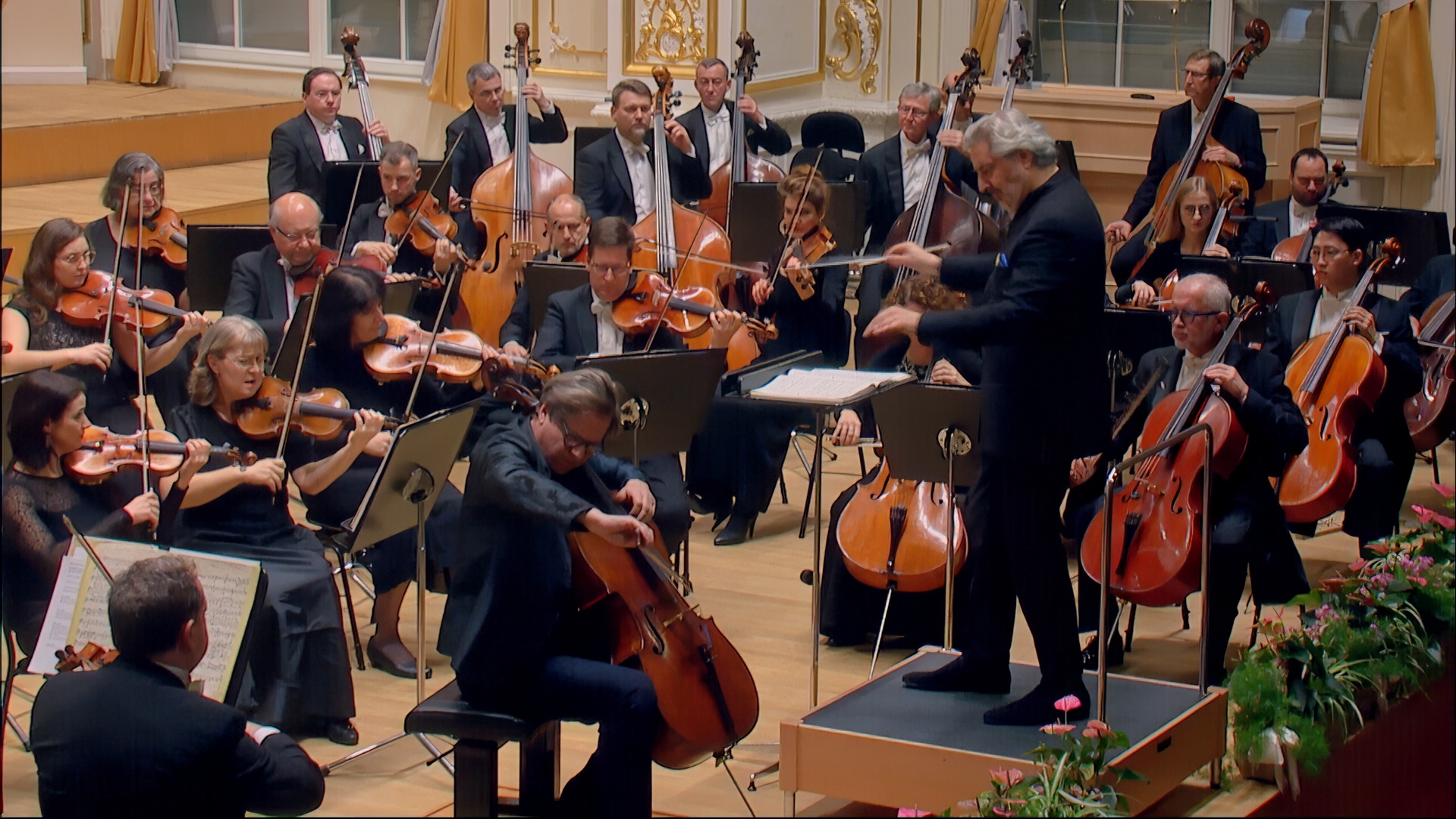Online archív Slovenskej filharmónie bol navrhnutý a naprogramovaný tímom Streamboyz. Videá sú umiestnené na serveroch občianskeho združenia Multiplace. Použitie, šírenie fotografií a audiovizuálneho obsahu tejto stránky len so súhlasom Slovenskej filharmónie. Tento web používa súbory cookies. Prehliadaním webu vyjadrujete súhlas s ich používaním. Viac informácií. Slovenská filharmónia je štátna príspevková organizácia Ministerstva kultúry Slovenskej republiky.

The Online archive of Slovak Philharmonic was designed and programmed by Streamboyz Team. Concerts are located on the Multiplace servers. Use and distribution of photographs and audiovisual content of this site only with the consent of the Slovak Philharmonic. This site uses cookies. By continuing to browse the site, you are agreeing to our use of cookies. Find out more. The Slovak Philharmonic is a state-subsidised organisation of the Ministry of Culture of the Slovak Republic.

OdkazyLinks
Team Streamboyz+ Contact
Slovak Philharmonic
Bratislava Music Festival
Johann Nepomuk Hummel International Piano Competition
Ministry of Culture of Slovak Republic Kontakt na tím Streamboyz+
Slovenská filharmónia
Bratislavské hudobné slávnosti
Klavírna súťaž Johanna Nepomuka Hummela
Ministerstvo kultúry Slovenskej republiky
1 H 40 MIN 1 H 40 MIN
Videozáznam vznikol v spolupráci Slovenskej filharmónie a Hudobnej a tanečnej fakulty VŠMU.
The video was made in cooperation between the Slovak Philharmonic and the Faculty of Music and Dance of the Academy of Performing Arts.
Dvořák / Tchaikovsky
Piatok 8. 11. 2024, 19.00 hFriday, November 08, 2024, 7.00 PMCyklus D/E – Hudba troch storočí
Koncertná sieň Slovenskej filharmónieD/E serie – Three Centuries of Music
Concert Hall of Slovak Philharmonic
The German cellist Jan Vogler often connects music and literature in his concerts. His repertoire includes a thorough study of Dvořák's works for cello, and he recorded chamber works on CD in 2022 with young musicians from the Moritzburg Festival. He recorded the Cello Concerto in B minor with the New York Philharmonic back in 2005, and the CD arrangement also includes Gypsy Melodies, Op. 55 and American Songs. These refer to the context of the composition of this extremely popular work by Antonín Dvořák, which he composed in his last year in the USA. The choice of the cello as a solo instrument surprised Dvořák’s friends, as the composer was of the opinion that the cello “hums above and strums below”. Dvořák probably gained a new insight into the instrument’s sonic ambitions after the premiere of a concerto by his fellow cellist and composer Victor Herbert. He was so intrigued by the work’s instrumentation that he borrowed the score and, six months later, set to work writing it himself, and so a legendary work was born.
In his notes to the introduction of Symphony No. 5, Op. 64, Piotr Ilyich Tchaikovsky wrote: “A complete resignation before fate, before the inscrutable guidance of Providence.” Although still one of his most iconic and most played works, Tchaikovsky was not satisfied with it. In a letter to his patron Nadezhda von Meck, he wrote: “I have already performed my symphony in St. Petersburg and in Prague, but I have come to the conclusion that it is a mistake.” Time has not proved him wrong; the symphony is an example of the fusion of the European tradition of symphonic music with Russian national music, and to this day it still defends its place on the concert stage.



![Vogler, Jan [] portrait](../movies/banners/portraits/vogler_jan.jpg)